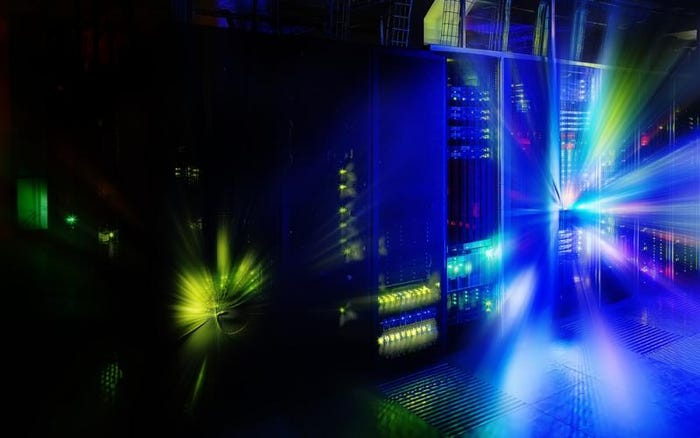7 Ways Flash Storage Is Gaining Momentum
Find out how solid-state drives are going mainstream in the data center.
December 7, 2016

Given their vast difference in performance, it’s somewhat surprising that flash still hasn’t completely displaced the hard drive in the data center. IT's innate conservativeness is partly to blame, but price barriers and questions of durability have added to the inevitable FUD that hits a new technology set to displace old ways of doing business.
However, as with most major technology waves, there comes a time when the industry moves from timid exploration to wholehearted acceptance. Flash-based products have reached this point, and the migration to an all-solid-state world has begun in earnest.
Seagate has reportedly ceased development of its top-end “enterprise” 15K RPM hard drives. Aimed at the performance market, these drives are very expensive, but for all of that they can’t even come close to solid-state drive speeds and feeds. Equivalent SSDs are NVMe-class units with 400K+ random IOPS. Seagate recently announced drives that achieve 10 GB per second transfer rates. When you look at the 15K drive, its best efforts are 300 IOPS and 150 MBPS, so the writing is on the wall.
You might wonder about SSD durability and price, though. Feverish efforts by flash developers have improved wear life dramatically, so that vendors now promise eight-year life spans. Wear is no longer a problem. Pricing of desktop SSDs has closed in on SATA bulk drives, though there is still a gap. That gap has to be measured against reduced appliance and server counts, which can be very substantial.
More than that, SSD technology is switching over to 3D NAND, which will increase capacity per die by roughly 16x. While wafer completions have dropped during the switchover, causing a temporary increase in prices, next year will see a large increase in foundry capacity to make 3D NAND, which will both lower prices and increase per drive capacity dramatically.
When it comes to capacity per drive, the SSD has just lapped the hard drive. With hard disk development struggling to get past 10 TB per drive, a number of SSD vendors have announced 100 TB units coming in 2017. There’s no way the HDD can reach that number.
New system architectures round off the story. Flash-based NVDIMMs that increase performance by roughly 4x over even the fastest SSD are just entering mainstream use. New systems architectures, such as Gen-Z, are in the wind, offering ways to expand overall system performance dramatically based on ingenious use of flash.
Let’s take a closer look at all these trends that are propelling flash storage into the mainstream.
(Image: Timofeev Vladimir/Shutterstock)

